If you regularly visit The Nootropics Zone and subscribe to our newsletter, you've read about dozens of the most popular nootropics being used around the world today. We generally focus on things like modafinil, l-theanine, piracetam, and other widely-used nootropics.
In this post, we're going to be taking a look at some lesser-known nootropics. Most of them are substances we've barely mentioned, if at all. But each one of the nootropics we're going to discuss are generally safe, effective, and have at least some science to support their use.
6 Lesser-Known Nootropics
1. Huperzine A

Huperzine A is an acetylcholinesterase inhibitor.1 What that means is that Huperzine A slows the enzyme that breaks down the neurotransmitter acetylcholine. This neurotransmitter is known to play a role in learning and memory, among other things. By slowing the rate at which it breaks down, Huperzine A supplementation results in increased acetylcholine levels. And more acetylcholine can have a beneficial effect on memory, learning, and other aspects of cognition.
The use of Huperzine A has been studied as a treatment for Alzheimer's and other neurodegenerative diseases.2 It has been shown to be both safe and effective. In clinical trials, Huperzine A has shown neuroprotective and memory-enhancing effects.3
Nootropic users sometimes take Huperzine A on its own. However, it's usually taken as part of a larger nootropic stack. Many users report that it stacks well with modafinil, piracetam, aniracetam, phenylpiracetam, and several other nootropics.
2. Agmatine

Agmatine not only works by modulating several neurotransmitters, it is actually a neurotransmitter itself.4 Though this interesting substance can be taken in supplement form, it's also found naturally within the body. Studies show that the agmatine naturally found in our bodies may have antidepressant and anti-anxiety effects.5
Another interesting reason that people use agmatine is for its pain-relieving effects. While it has been found to be a mild pain-reliever on its own, agmatine seems to work best when combined with other pain medications.6 It's also being investigated for its potential to help treat addiction.
3. Centrophenoxine

In the United States, centrophenoxine is sold as a dietary supplement. However, in Japan and several European countries, it is a prescription medication used to treat senile dementia, Alzheimer's disease, and other disorders. In clinical trials, centrophenoxine has been shown to be both safe and effective.
Nootropic users often find that it can improve focus, memory, and concentration and may also slightly increase alertness.7 Centrophenoxine is often stacked with one or more racetams, especially aniracetam, piracetam, phenylpiracetam, fasoracetam, pramiracetam, and/or oxiracetam.
4. Inositol

A 1995 study showed that inositol had a significant antidepressant effect in people with depression.8 Another study for a couple years earlier showed similar results.9 Inositol has also been shown to be effective at reducing the symptoms of obsessive-compulsive disorder (OCD)10 and panic disorder.11
Nootropic users often add inositol as part of a larger nootropic stack. They frequently report that it helps to reduce some of the side effects of nootropics like modafinil. Though most users don't experience any side effects, some users find that modafinil can slightly increase anxiety or reduce mood. By stacking inositol with it, users often report that those side effects disappear.
5. Pyrroloquinoline Quinone (PQQ)

PQQ is found naturally in kiwi, human breast milk, and in other foods. Like many of the substances on our list of lesser-known nootropics, PQQ is usually taken as part of a larger stack. Users often report that it improves memory, reduces stress, and also has a positive effect on sleep. And there has been some scientific research to support these claims.
A 2016 study found that healthy elderly subjects given PQQ showed improvement on memory tests and had increased cerebral blood flow to the prefrontal cortex (the rational decision-making part of the brain).13 And a study from 2012 showed that PQQ supplementation reduced stress and fatigue, and improved overall sleep quality.14
6. Pterostilbene

Like most of the other substances on this list, pterostilbene is rarely taken on its own. However, it's often included in custom-made nootropic stacks as well as in a number of blended nootropic products. That's because pterostilbene has been shown to have powerful anti-inflammatory effects.15 These effects are so powerful that they're even stronger than the anti-inflammatory effects seen from resveratrol.
In addition to pterostilbene's anti-inflammatory effects, it also acts as a powerful antioxidant.16 And although it has yet to be studied in humans, pterostilbene has been shown to have an anti-anxiety effect in mice. With all these potential benefits, it's not surprising to see why pterostilbene is included in so many nootropic products.
Conclusion
Interest in nootropics has steadily increased over the past decades and shows no signs of slowing down. As time goes on, more and more substances will continue to be added to the already-long list of brain-boosting supplements.
All six of the nootropics mentioned above have excellent safety records and at least some science to support their effectiveness. Most of them are usually only taken as part of a larger nootropic stack, though some users find them to be effective on their own.
To learn about some more-common nootropics, sign up for the Nootropics Zone newsletter if you haven't already. You'll get the free PDF, The Ultimate Nootropics Quick Reference Guide. It's an easy-to-read listing of the top 37 nootropics being used around the world today.
References
1Tang, X., & Han, Y. (1999). Pharmacological profile of huperzine A, a novel acetylcholinesterase inhibitor from Chinese herb. CNS Drug Reviews, 5(3):281-300. Retrieved September 7, 2019 from https://onlinelibrary.wiley.com/doi/pdf/10.1111/j.1527-3458.1999.tb00105.x
2Bai, D., Tang, X., & He, X. (2000). Huperzine A, a potential therapeutic agent for treatment of Alzheimer's Disease. Current Medicinal Chemistry, 7(3):355-374.
3Zangara, A. (2003). The psychopharmacology of huperzine A: an alkaloid with cognitive enhancing and neuroprotective properties of interest in the treatment of Alzheimer's disease. Pharmacology Biochemistry and Behavior, 75(3):675-686.
4Halaris, A., & Piletz, J. (2003). Relevance of imidazoline receptors and agmatine to psychiatry: a decade of progress. Annals of the New York Academy of Sciences, 1009:1-20.
5Aricioglu, F., & Altunbas, H. (2003). Is agmatine an endogenous anxiolytic/antidepressant agent? Annals of the New York Academy of Sciences, 1009:136-40.
6Su, R., Li, J., & Qin, B. (2003). A biphasic opioid function modulator: agmatine. Acta Pharmacologica Sinica, 24(7):631-636.
7Vojtechovsky, M., Soukupova, B., Safratova, V., & Votava, Z. (1970). The influence of centrophenoxine (lucidril) on learning and memory in alcoholics. International Journal of Psychobiology, 1(1):49-56.
8Levine, J., Barak, Y., Gonzalves, M., Szor, H., Elizur, A., Kofman, O., & Belmaker, R. (1995). Double-blind, controlled trial of inositol treatment of depression. The American Journal of Psychiatry, 152(5):792-794.
9Levine, J., Gonsalves, M., Babur, I., Stier, S., Elizur, A., Kofman, O., & Belmaker, R. (1993). Inositol 6 g daily may be effective in depression but not in schizophrenia. Human Psychopharmacology: Clinical & Experimental, 8(1):49-53.
10Fux, M., Levine, J., Aviv, A., & Belmaker, R. (1996). Inositol treatment of obsessive-compulsive disorder. The American Journal of Psychiatry, 153(9):1219-21.
11Benjamin, J., Levine, J., Fux, M., Aviv, A., Levy, D., & Belmaker, R. (1995). Double-blind, placebo-controlled, crossover trial of inositol treatment for panic disorder. The American Journal of Psychiatry, 152(7):1084-1086.
12Felton, L., & Anthony, C. (2005). Role of PQQ as a mammalian enzyme cofactor? Nature, 433(7025):E10.
13Itoh, Y., Hine, K., Miura, H., Uetake, T., Nakano, M., Takemura, N., & Sakatani, K. (2016). Effect of the antioxidant supplement pyrroloquinoline quinone disodium salt (BioPQQ) on cognitive functions. Advances in Experimental Medicine and Biology, 876:319-325.
14Nakano, M., Yamamoto, T., Okamura, H., Tsuda, A., & Kowatari, Y. (2012). Effects of oral supplementation with pyrroloquinoline quinone on stress, fatigue, and sleep. Functional Foods in Health & Disease, 2(8):307-324.
15Choo, Q., Yeo, S., Ho, P., Tanaka, Y., Lin, H., et al. (2014). Pterostilbene surpassed resveratrol for anti-inflammatory application: potency consideration and pharmacokinetics perspective. Journal of Functional Foods, 11:352-362.
16McCormach, D., & McFadden, D. (2013). A review of pterostilbene antioxidant activity and disease modification. Oxidative Medicine and Cellular Longevity, 2013. Retrieved September 7, 2019 from http://downloads.hindawi.com/journals/omcl/2013/575482.pdf

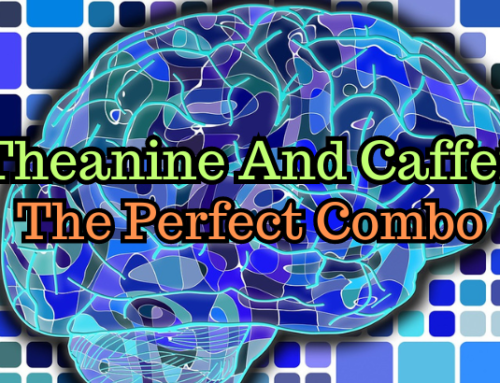
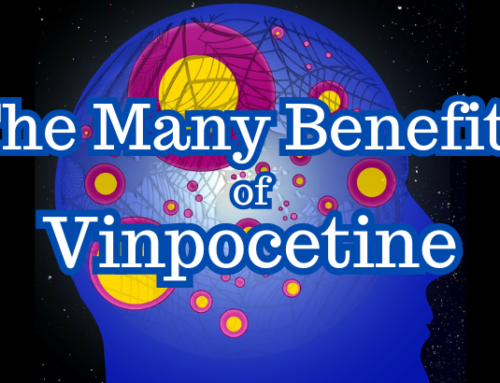
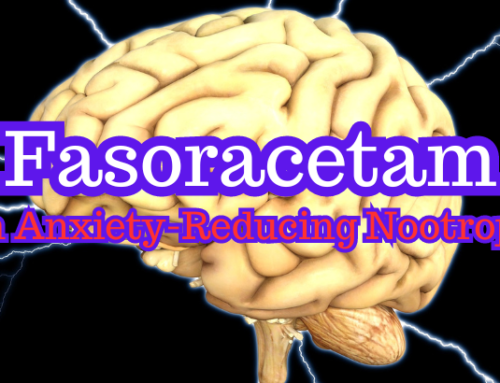
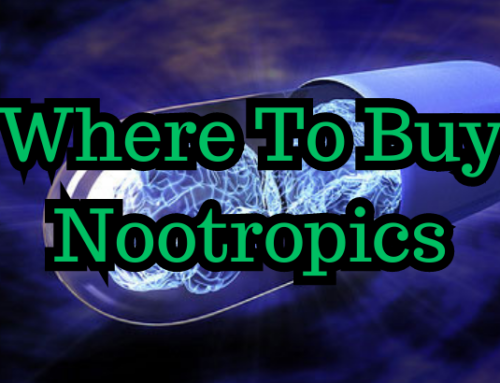
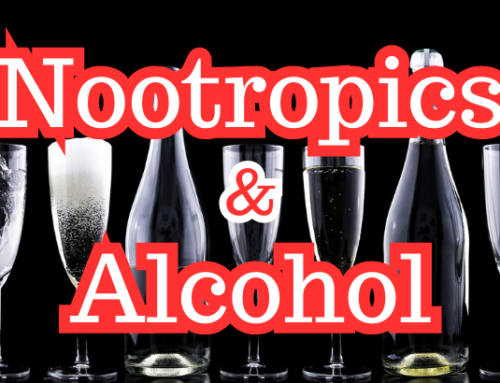

Leave a Reply